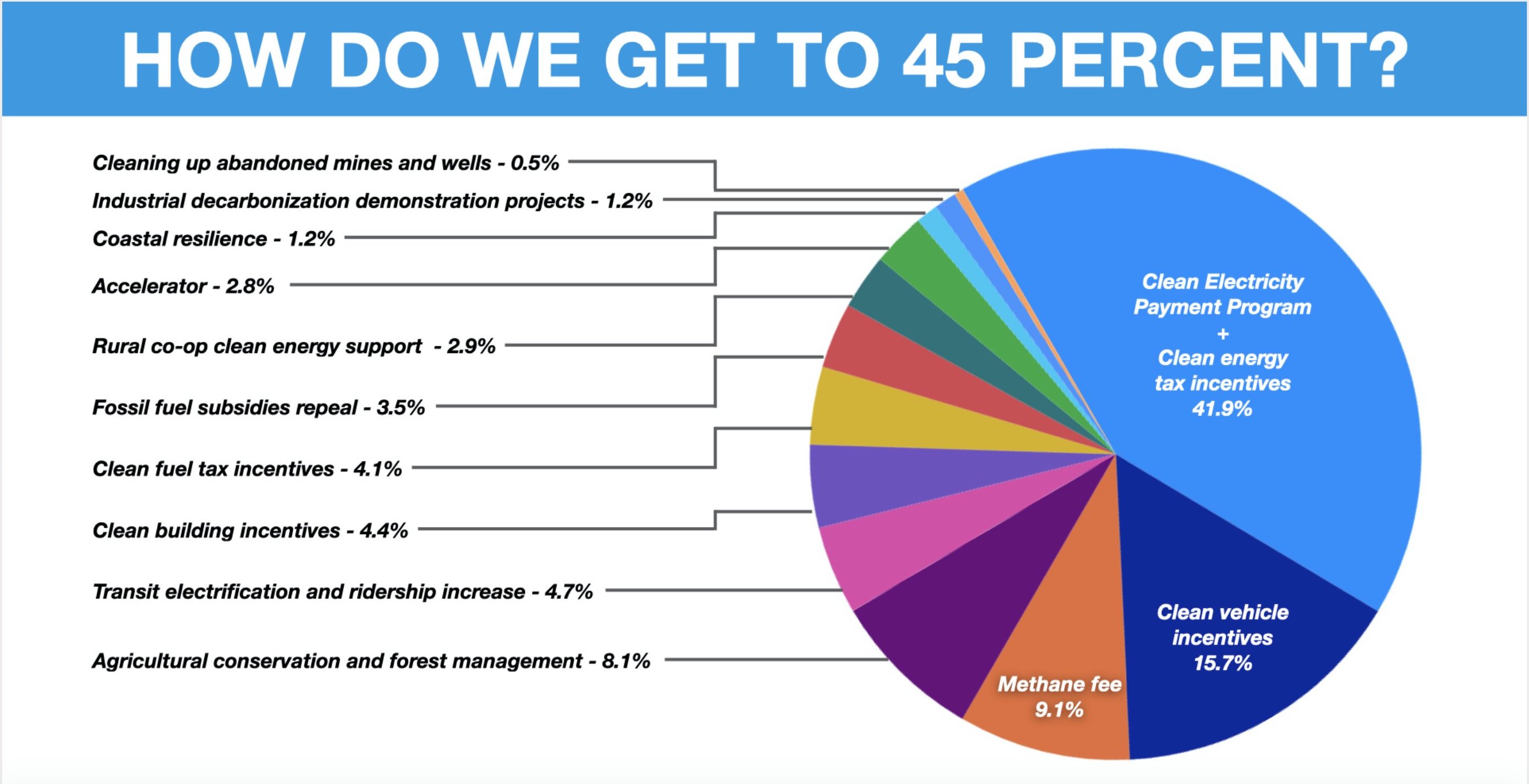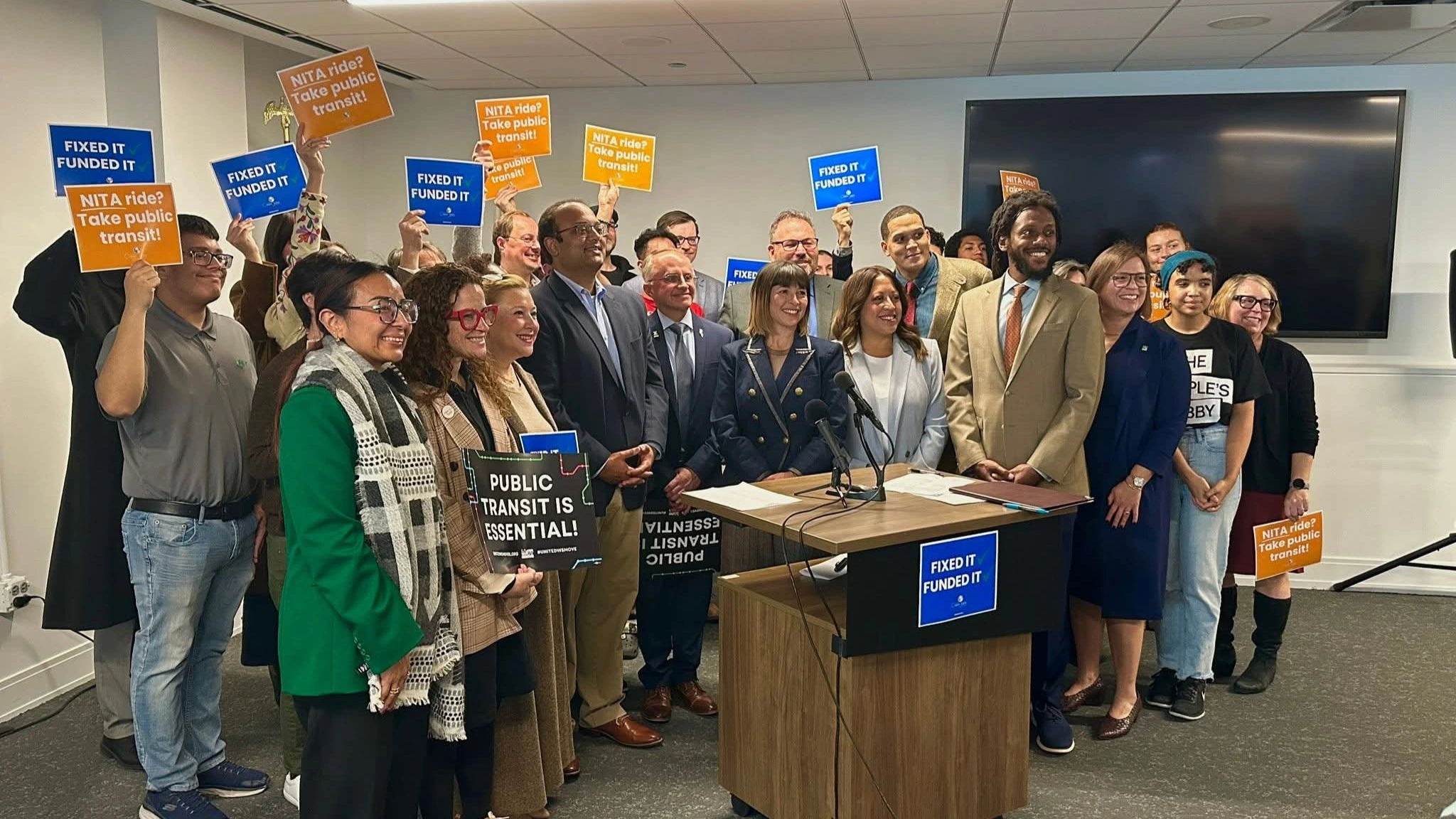Congress must meet this critical moment in the fight to stop the climate crisis. The Biden administration has pledged to reduce domestic greenhouse gas pollution by at least 50% below 2005 levels by 2030—an ambitious target that can only be met with immediate and transformative action in Congress. Lawmakers must deliver on this commitment before President Biden attends COP26 in Glasgow next month.
As federal lawmakers advance the Build Back Better Act (BBBA), as well as the Infrastructure Investment & Jobs Act (IIJA), they must deliver investments that will reduce U.S. greenhouse gas pollution by 45 percent below 2005 levels by 2030. Anything less is unacceptable.
Cleaning up the power sector, especially, through a Clean Electricity Performance Program (CEPP), is the most impactful climate investment under consideration in Congress. CEPP is an incentive-based program designed to transition America's power grid toward more carbon-free energy over the course of the decade. Under CEPP, utilities that add more than 4 percentage points of clean power per year are eligible for federal grants—a rate of clean energy growth that is critical to maintain in the final bill. Utilities that do not add adequate clean power must make payments to the federal government— these payments are a backstop that ensures the program’s financial integrity. The program is proposed for 8 years, from 2023-2030, and must not be shortened—that would undermine its ability to deliver pollution reductions.
According to an analysis released by Senate Majority Leader Chuck Schumer (D-NY), investments made through the BBBA and IIJA could put the U.S. on track to reduce U.S. greenhouse gas pollution by 45% by 2030—a major contribution to President Biden’s commitment. But only if that includes a strong CEPP. In addition to Schumer’s analysis, modeling conducted by Energy Innovation’s “underscores how important the CEPP is to achieving deep power sector decarbonization. Without it, emissions are likely to be 250 to 700 MMT higher per year in 2030, which could eliminate more than a third of the total emissions reductions under the Infrastructure Bills.” (Infrastructure bills refers to the BBBA and IIJA combined.)




